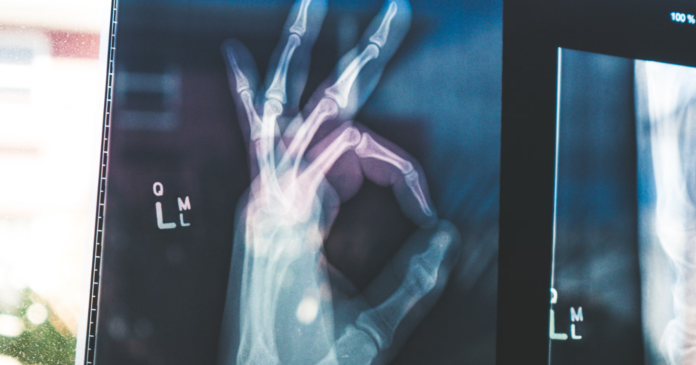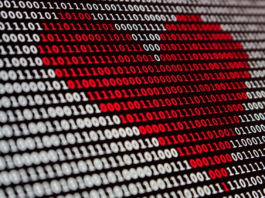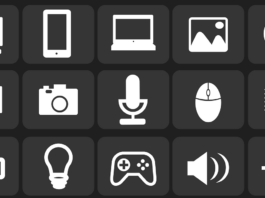The world of healthcare is an environment where information flows quickly and changes even quicker! The versatility and adaptability of digital signage really shines here, be it in hospitals, clinics, or pharmacies. Digital signage in a healthcare environment can help inform patients, build their confidence in the healthcare provider, and even enhance the workflow as a whole.
Patient communication and information
Providing information to patients, even if they know their way around, is essential for a smooth flow throughout hospitals and clinics. While examinations and treatments tend to run on a schedule, in a healthcare environment, there are often unpredictable circumstances. In such cases, estimated wait times for the availability of rooms and doctors can be displayed.
Provide visitor guidelines and safety protocols which are in place. For first-time visitors especially, it’s important to have the information on visiting hours and measures they should stick to during their visit. For example, certain areas may require face masks or proper sanitization. With that in mind, make sanitizing stations available and guide users to them as they approach key areas in the hospital.
Multilingual support is a must-have feature for hospitals which cover a diverse range of people. Digital signage can easily provide this in a healthcare context! It is especially important in case of emergencies, so people find key information quickly. The more information a new patient can access, the better. This sort of information doesn’t only concern the patient, sometimes they are brought in by family or a caretaker. As the patient is being treated, their caretaker may have questions regarding intake paperwork, fees, alongside other more general information already mentioned, such as visiting hours and hygiene protocols.
Create department and doctor directories and let users access them on the digital signage. This is a great way to show off the credentials and successes of the establishment and its staff, building a sense of confidence in patients and visitors.
Navigation and wayfinding
Large hospitals have many information desks which can direct visitors and patients around the establishment. Interactive displays make this smoother, and also make it easier to spread out information checkpoints throughout the hospital or clinic. For example, a visitor may want to get a patient something to drink or eat, and instead of going all the way to the front desk, they can simply get directions from a tablet kiosk in the nearest hallway.
Operational efficiency
When focused on operational efficiency, digital signage can do wonders. For a start, it reduces the burden on staff by automating routine communications, such as directing patients to the right department or providing self-check-in options.
Digital displays at key areas may inform staff on the availability of examination rooms, providing a smoother flow of patients. In larger hospitals, doctors, nurses, and administrative staff operate on tight schedules. Digital signage in break rooms can provide quick updates on shift changes or training schedules.
Digital signage content should be constantly up to date based on the need for information. For instance, if common issues arise in patient paperwork, after-treatment mistakes, missed appointments, or improper medication usage, digital signage in waiting areas can be used to display helpful tips and reminders.
Emergencies are certainly not uncommon in clinics and hospitals. It’s an exceptional time for patients and the people who bring them in. When patients with an emergency have to wait, digital signage can reassure them that they’ll be treated promptly with a wait estimate and asking for patience. Providing proper instructions and guidelines supports those doing their job, for example by asking those who wait to make space for doctors and nurses to do their work.
Promotions, services, and other information
On the topic of non-emergency uses, a great use for digital signage in healthcare informing patients and visitors on available treatments, programs, technologies, and even recommended products. List popular services and their costs, alongside different complexities of procedures. Considering this is the medical field we’re talking about, people will want additional information. Provide it either via touchscreen or QR-code interaction, or direct users online for more info.
You may also consider launching fundraisers and awareness campaigns. One idea would be to do these based on times of the year or events tied to specific causes, such as cancer awareness and research.
Collect feedback from patients and visitors on how you can enhance the establishment. Ask about their thoughts on the wait times, efficiency, and hygiene. All of these uses can be easily built into your digital signage layouts with digital signage software. Start right away!




